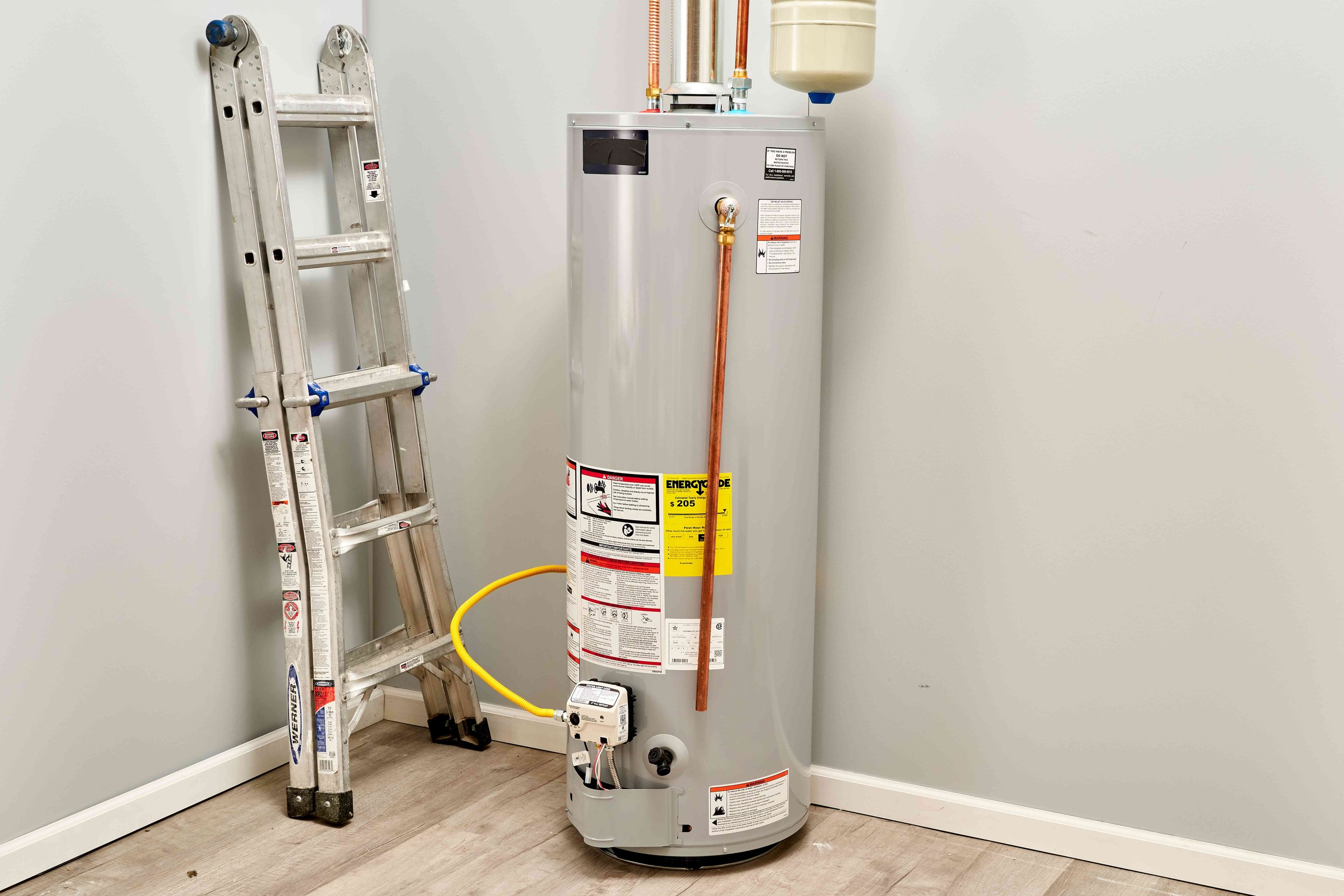Understanding How Water Heaters Work
Water heaters are essential appliances in homes, providing hot water for various purposes such as bathing, cleaning, and cooking. There are primarily two types of water heaters: tankless (on-demand) and tank (storage) water heaters. Each operates differently, has unique components, and fits different needs and preferences. Let's explore how each type works, their components, and the role each component plays in the system.
Tankless Water Heaters
How They Work
Tankless water heaters, also known as on-demand water heaters, heat water directly without the use of a storage tank. When hot water is needed, cold water travels through a pipe into the unit. An electric element or a gas burner heats the water, providing a continuous supply of hot water. As a result, tankless water heaters are highly efficient and ideal for homes that want to save space and energy.
Components and Their Functions
Heat Exchanger:
Function: The heat exchanger is the core component of a tankless water heater. It transfers heat from the heating element (electric or gas burner) to the water.
How It Works: Cold water flows through the heat exchanger, where it is rapidly heated to the desired temperature.
Burner (Gas Models):
Function: The burner provides the heat needed to warm the water.
How It Works: When a hot water tap is turned on, the burner ignites and heats the water passing through the heat exchanger.
Electric Heating Element (Electric Models):
Function: The electric heating element performs the same function as the burner in gas models.
How It Works: Electric coils are activated to heat the water as it flows through the heat exchanger.
Flow Sensor:
Function: The flow sensor detects when water is being drawn through the unit.
How It Works: It sends a signal to the control panel to initiate heating only when water is needed.
Control Panel:
Function: The control panel manages the water heater's functions.
How It Works: It regulates temperature, monitors water flow, and ensures safety features are activated.
Ventilation System (Gas Models):
Function: The ventilation system expels combustion gases outside the home.
How It Works: A fan or exhaust pipe ensures that harmful gases are safely vented.
How It All Fits Together
When a hot water tap is opened, the flow sensor detects water movement and signals the control panel. The control panel activates the burner or electric element, heating the water as it passes through the heat exchanger. The heated water then flows directly to the open tap, providing an endless supply of hot water without the need for a storage tank.
Tank Water Heaters
How They Work
Tank water heaters store and preheat a set amount of water in an insulated tank. The water is heated and maintained at a preset temperature until it is needed. When hot water is used, it is drawn from the top of the tank, and cold water enters the bottom to be heated.
Components and Their Functions
Tank:
Function: The tank stores and insulates the water.
How It Works: It keeps the water hot using insulation and is typically made of steel with a glass lining to prevent corrosion.
Heating Elements (Electric Models):
Function: The heating elements warm the water inside the tank.
How It Works: Electric coils positioned inside the tank heat the water to the desired temperature.
Gas Burner (Gas Models):
Function: The gas burner heats the water in the tank.
How It Works: Positioned beneath the tank, the burner heats the water from below.
Thermostat:
Function: The thermostat controls the water temperature.
How It Works: It senses the water temperature and activates the heating elements or burner to maintain the preset temperature.
Dip Tube:
Function: The dip tube directs incoming cold water to the bottom of the tank.
How It Works: It ensures that cold water enters the tank at the bottom, allowing hot water to rise to the top for usage.
Hot Water Outlet:
Function: The hot water outlet supplies hot water from the top of the tank to the home's plumbing.
How It Works: When a hot water tap is turned on, water is drawn from the top of the tank.
Anode Rod:
Function: The anode rod prevents corrosion of the tank.
How It Works: Made of magnesium or aluminum, it attracts corrosive elements in the water, protecting the steel tank.
Pressure Relief Valve:
Function: The pressure relief valve ensures the tank does not become over-pressurized.
How It Works: It releases water if the pressure inside the tank exceeds safe levels.
How It All Fits Together
Cold water enters the tank through the dip tube, settling at the bottom. The thermostat monitors the water temperature and activates the heating elements or gas burner as needed. The heated water rises to the top of the tank, where it is drawn off through the hot water outlet when needed. The anode rod protects the tank from corrosion, and the pressure relief valve ensures safety by releasing excess pressure.
Understanding Your Water Heater Options
Both tankless and tank water heaters have their unique mechanisms and components, catering to different household needs and preferences. Tankless water heaters offer on-demand, endless hot water with higher efficiency, while tank water heaters provide a steady supply of hot water stored in a tank. Understanding how each type works and their components helps homeowners make informed decisions about their water heating needs.

